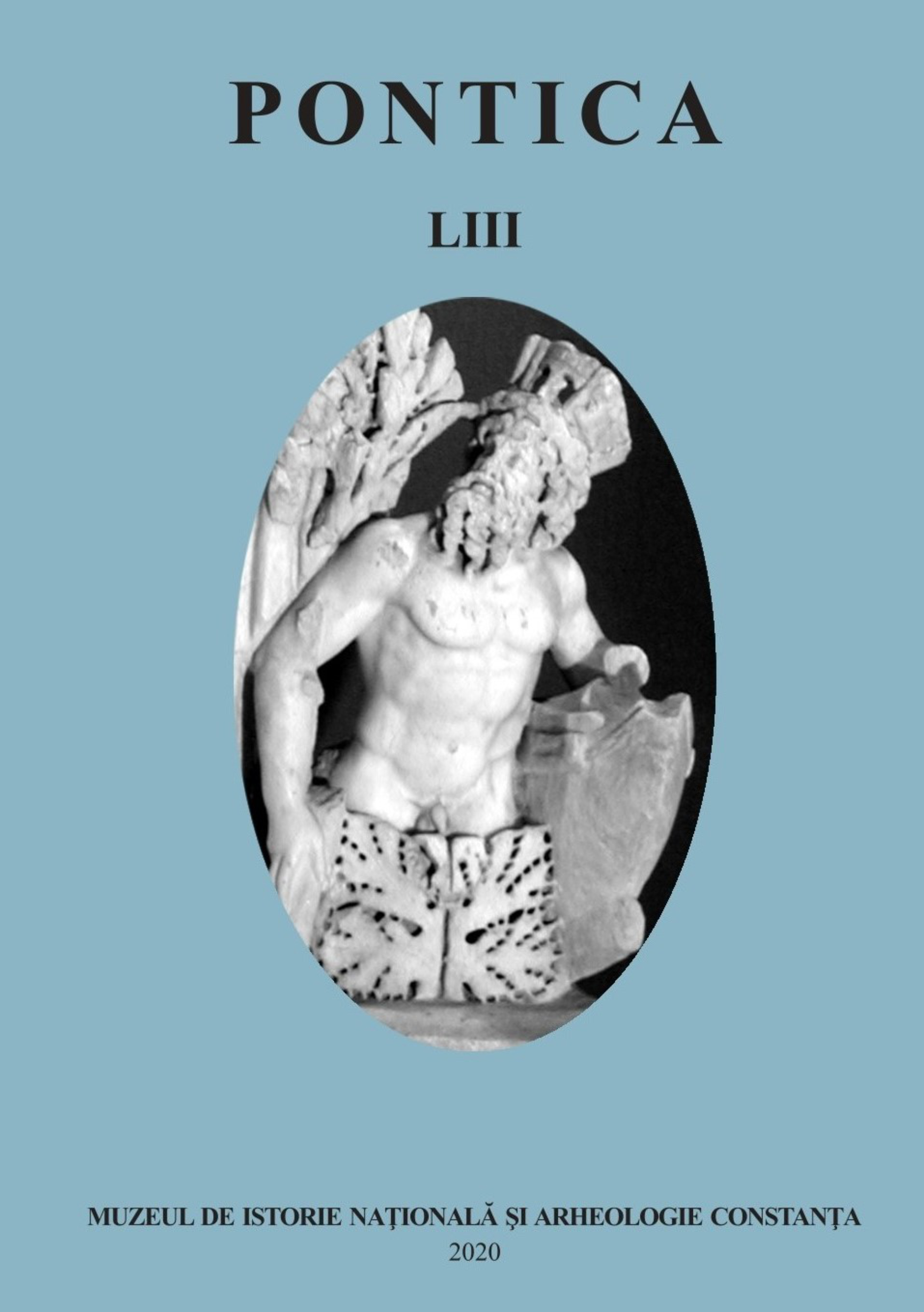Wind from West – Notes on Origins of a Special Type of Handle with Horizontal Thumb Plate in Eurasia (1st-10th c. AD)
Wind from West – Notes on Origins of a Special Type of Handle with Horizontal Thumb Plate in Eurasia (1st-10th c. AD)
Author(s): Bartlomiej Sz. SzmoniewskiSubject(s): History, Anthropology, Social Sciences, Archaeology, Ancient World, Middle Ages
Published by: Muzeul de Istorie Națională și Arheologie Constanța
Keywords: toreutics; antiquity; early middle ages; ancient exchange routes; Silk Road;
Summary/Abstract: This article concentrates on the genesis of a special form of the drinking cup and similar vessels with the characteristic handle with horizontal plate – the type called thumb plate. Such vessels were popular in Central and East Asia in the time from the 7th c. to the 10th AD. My research shows that such form of cups with the handle decorated with the horizontal thumb plate should be derived from the Greco -Roman and Byzantine environments. Most probably, two types of decorated drinking cup were used as models: skyphos and modolius. The popularity of the first in eastern provinces of the Roman Empire is indicated by numerous depictions on funeral monuments from Palmyra, the town being an important link in the trade exchange between East and West. Therefore, such forms could be adopted in Central Asia via the Silk Route and in later times starting from half of the 4th c. throughout Nestorians, whose communities were very strong represented in Central Asia as well as in East Asia. This last indication seems to be very probable because the production of cups with handles with the thumb plate is dated in the 7th c. in Central Asia.
Journal: Pontica
- Issue Year: 2020
- Issue No: 53
- Page Range: 303-321
- Page Count: 19
- Language: English

